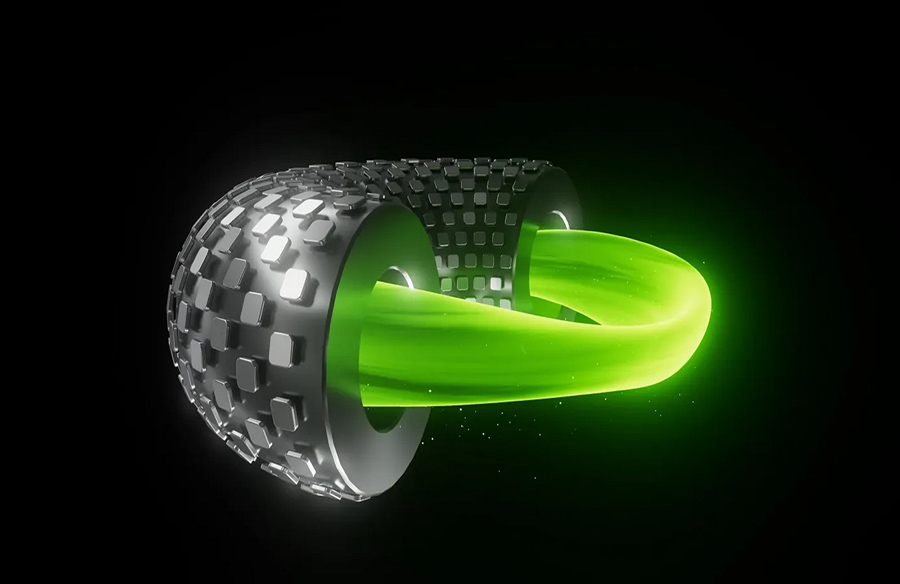Introduction to Fusion Power Challenges
Building a fusion power plant presents engineers with significant challenges, requiring them to navigate complex design decisions to ensure the stability and efficiency of plasma containment. Two predominant approaches— inertial confinement and magnetic confinement—offer unique solutions to this complex puzzle. While the former employs massive lasers to vaporize fusion fuel pellets, the latter relies on high-temperature superconductors to produce powerful magnetic fields for plasma containment.
Thea Energy’s Unique Solution
Enter Thea Energy, a pioneering startup aiming to revolutionize fusion power with its innovative software-driven approach. Recently securing a $20 million Series A funding round led by Prelude Ventures, Thea Energy is poised to disrupt the fusion energy landscape. Unlike traditional fusion reactor designs that demand meticulous manufacturing precision, Thea Energy leverages software control to overcome these challenges.
Magnetic Confinement and Stellarator Design
In magnetic confinement fusion, the precision of magnet configurations is paramount for plasma containment and temperature control. While tokamaks employ doughnut-shaped designs, stellarators offer enhanced stability but require intricate magnet configurations. Thea Energy’s novel approach draws inspiration from the stellarator design, utilizing a planar coil stellarator concept developed at the Princeton Plasma Physics Laboratory.
Innovative Software Control
Thea Energy’s revolutionary concept involves lining a doughnut-shaped reactor with an array of individually controlled high-temperature superconducting magnets. Through sophisticated software control, these magnets can manipulate plasma behavior akin to a complex stellarator. By shifting the complexity from hardware to software, Thea Energy streamlines fusion reactor development and optimization.
Advantages of Software-driven Fusion
According to Brian Berzin, co-founder and CEO of Thea Energy, their software-driven stellarator design offers superior plasma confinement compared to traditional methods. With precise control over each magnet, Thea Energy aims to achieve unparalleled fusion reactor performance while expediting development timelines and reducing costs.
Future Outlook
Looking ahead, Thea Energy plans to construct a pilot-scale reactor in the coming years, followed by a larger demonstration plant. With ambitious targets to produce affordable fusion power, Thea Energy envisions commercial offerings competitive with conventional energy sources. If successful, Thea Energy’s software-centric approach could revolutionize the fusion energy landscape, offering a viable alternative to traditional power generation methods.













